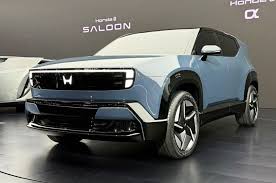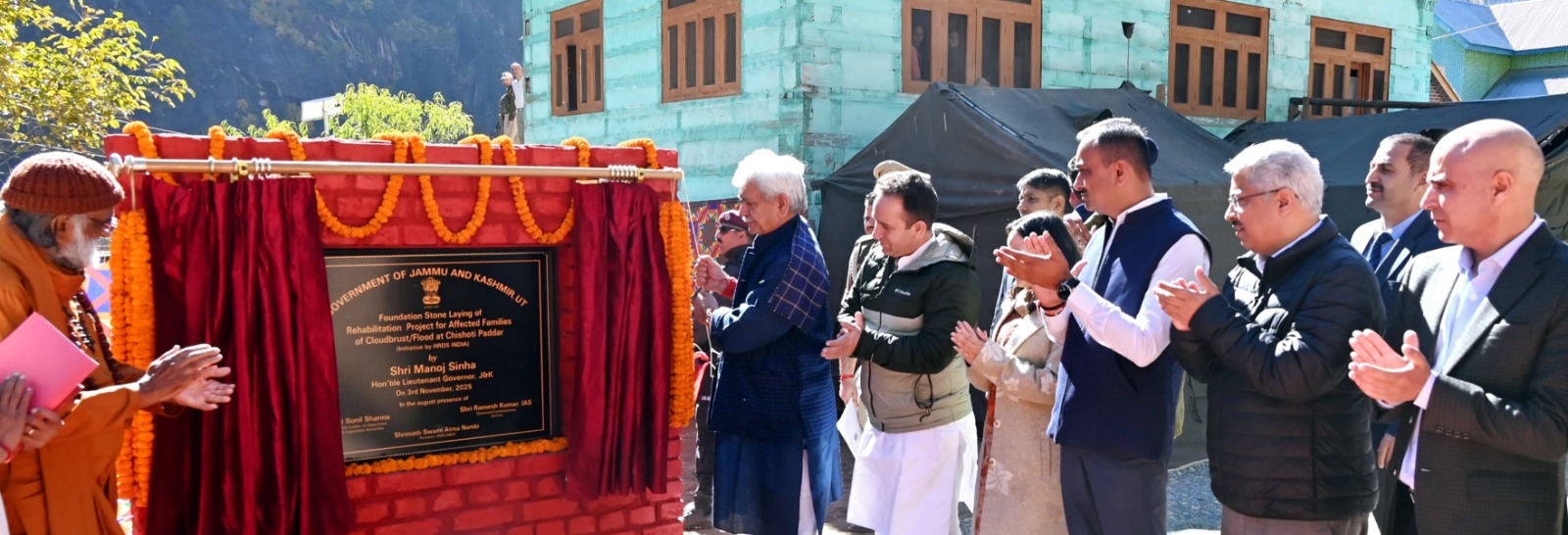TOKYO: Japanese auto major Honda plans to introduce ten new models, including seven SUVs, in India by 2030 as part of an aggressive strategy to strengthen its presence and boost market share in one of the world’s fastest-growing passenger vehicle markets.
Terming India a “priority market” alongside the US and Japan, Honda Motor Co., Ltd. Director, President and Representative Toshihiro Mibe said the company is finalising its strategy for India amid global shifts in the automotive landscape, particularly with the rise of Chinese automakers.
“India is going to be a priority market, and that’s where we want to put in more effort going forward. We’ve already set up a project team dedicated to developing a strategy for India,” Mibe said.
He added that Honda aims to adopt a collaborative approach similar to its successful two-wheeler business in India — partnering with local suppliers and OEMs to increase localisation in its car operations as well.
Honda Cars India President and CEO Takashi Nakajima elaborated that the company has an “aggressive product roadmap” for the country.
“We are planning to launch ten new models in India by 2030. Since SUVs are becoming mainstream, seven of these will cater to that segment,” Nakajima said.
He confirmed Honda’s plans to re-enter the sub-four-metre SUV segment, one of the largest by volume in India’s passenger vehicle market, and hinted at a mix of mass-market and premium offerings to expand its footprint.
Currently, Honda Cars India sells three models — the Elevate SUV, and the Amaze and City sedans. The company plans to manufacture its next-generation EV, the Honda 0 Series Alpha, in India, with sales expected to begin in India and Japan by 2027. The model will also be exported to other Asian markets.
Honda also intends to expand its hybrid vehicle lineup — currently limited to the City e:HEV — and will offer a range of ICE, hybrid, and fully electric powertrains to meet diverse customer needs.
On market share goals, Nakajima admitted that rationalising the product range had affected volumes but said Honda’s renewed focus is on rebuilding strength and competitiveness in India.
Regarding production capacity, he said Honda is still evaluating options, including expanding its Tapukara (Rajasthan) plant and possibly repurposing the Greater Noida facility, though no decisions have been finalised yet.
Honda shut down the Greater Noida plant in 2023 as part of a global manufacturing realignment, ceasing production of the CR-V and Civic models. The plant, operational since 1997, had a capacity of 1 lakh units annually, while the Tapukara plant can produce 1.8 lakh units per year.
Commenting on flex-fuel technology, Mibe noted that Honda already offers such vehicles in Brazil and could introduce them in India if required.
In terms of performance, Honda Cars India posted 20% cumulative sales growth in 2024, selling 1,31,871 units — including 68,650 units domestically and 63,221 units exported. This compares with 1,10,143 units sold in 2023, of which 84,289 units were domestic.
With India’s passenger vehicle market expected to reach 6 million units annually by 2030 (up from about 4.3 million now), Honda’s expanded portfolio and localisation push underscore its renewed long-term commitment to the Indian market.













